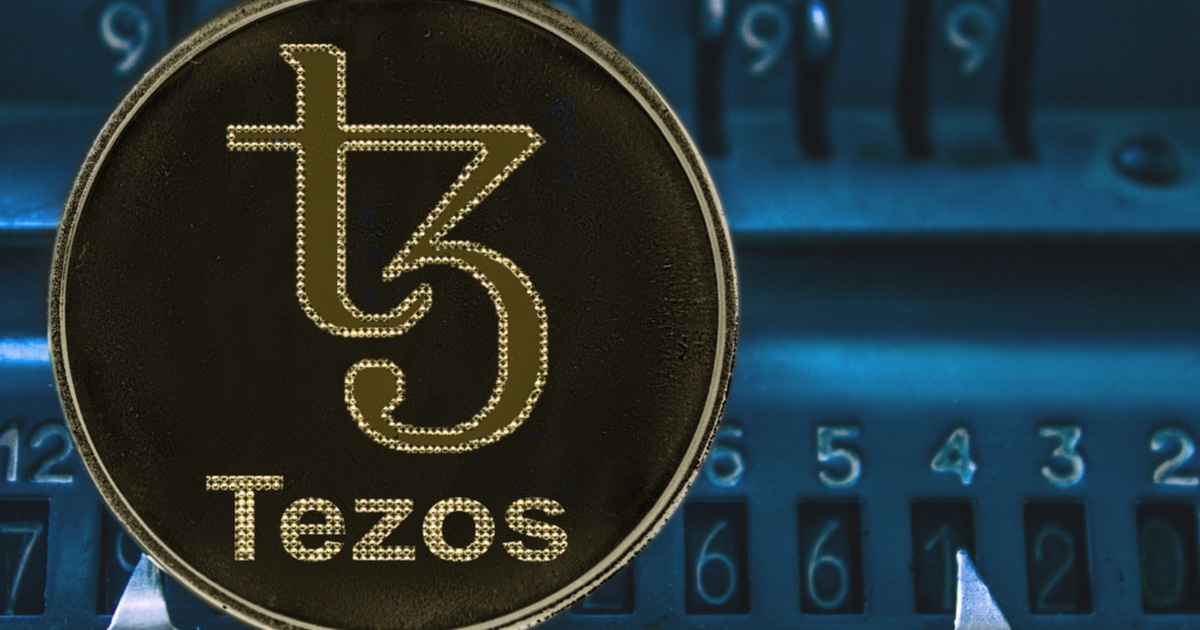Tezos (XTZ) introduced an improved staking experience with the Paris Protocol upgrade, providing new opportunities for participants to secure the network and earn rewards. This comprehensive guide explains how to stake on Tezos, different staking scenarios and what they mean, according to Tezos Spotlight.
Staking and Baking: An Overview
Staking on Tezos involves selecting a baker and having your funds contribute to that baker’s stake. These funds remain in your account, but may be frozen and subject to financial penalties if the baker misbehaves. Baking, on the other hand, involves running machines that secure the network, create blocks, maintain consensus, and vote on governance issues. Bakers are compensated in proportion to their stake in their work and the risks involved.
Delegation and direct staking
Delegation allows users to contribute to the baker’s stake without freezing their funds. However, delegated funds receive only half the baking power and rewards compared to directly staked funds. Additionally, rewards from delegated funds are paid to the baker, who may or may not redistribute them to the delegators.
Become a staker
To start staking, users must delegate their account to a baker of their choice using Octez’s ‘set delegate’ command or via the wallet interface. After delegation, users can add their stake using the ‘stake’ command. Removing a stake requires an ‘unstake’ command, and changing bakers will automatically unstake all funds, which will remain frozen for approximately 11 days before being confirmed and staked again.
Understanding Compensation
Staking rewards are credited to the staker’s account and automatically become part of the stake. The reward rate, which can vary between 0.25% and 10% annually, is determined by an adaptive issuance mechanism. This mechanism adjusts the reward rate based on the percentage of Tez staked, targeting approximately 50% of the total supply.
excess management
Overstaking occurs when the total stake exceeds the baker’s limit, resulting in reduced rewards for all stakers. Bakers can receive up to 5x their stake from external stakers, but any amount above this limit is considered delegated and only half the rewards are generated. It is important for stakers to monitor baker capacity and ensure they are not contributing to overstaking.
real scenario
Consider a baker named Brian who stakes 4,000 Tez and sets the external staking limit to 20,000 Tez. When two stakers, Susan and Simon, each stake 10,000 tez, Brian reaches his limit. However, if the third staker, Sarah, adds 10,000 tez, Brian will overstake by 50%. This scenario demonstrates the importance of monitoring staking limits to prevent reward reduction.
Optimal staking guaranteed
To optimize rewards and maintain network health, stakers must regularly check baker capacity, limits, and policies. Any changes to the baker’s stake may affect the overall staking scenario, so continuous monitoring is essential.
Visit the Tezos Agora forums for additional information and community support. Have fun staking!
Image source: Shutterstock

